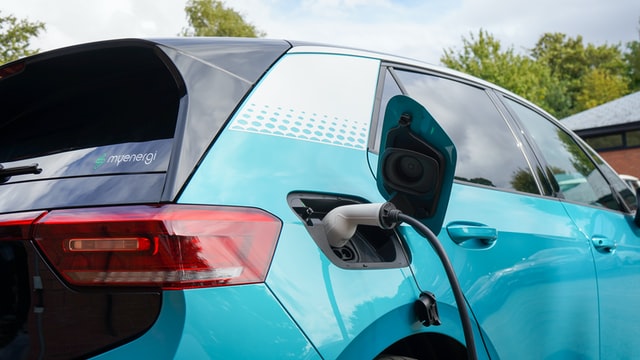Despite not having all of the moving parts of a petrol or diesel engine, electric vehicles (EVs) are still very much in need of care, maintenance and servicing throughout their lifespans in order to keep them in top shape. While they might not have a clutch, spark plugs or fuel pumps, electric vehicles do have motors, power control modules and various other elements that keep the battery and the vehicle running, which is precisely why maintenance is important.
Will My Car Need Servicing?
In short, yes. While an electric car may not have the same engine components as a combustion engine, servicing is important for ensuring that your vehicle remains in top condition for longer. While electric vehicles might not need engine oil changes, they do still have steering systems, suspension and brakes that will need servicing and looking after throughout the car’s lifespan. You also may need changes to the oil that will be used in the reduction gearbox from time to time – check your manufacturer’s handbook for information on the best schedule for this. Generally speaking, the service for your electric vehicle will involve using a diagnostic machine to check for any faults that may need attention, as well as any potential wear within the battery.
Battery
An electric vehicle typically has two main battery systems – the standard 12-volt battery, and the main battery that powers the car. Both will need servicing and maintenance throughout their life. The standard 12-volt powers the electronics in your car, from the alarm system to the locking system and infotainment. This can typically have a lifespan of around 3-5 years, so it’s important to get it checked regularly. The main battery, however, can last up to and above 10 years and has multiple cells that can be replaced individually if they become worn or faulty. It’s worth checking with your manufacturer as to what warranty you may have for the battery, as any battery that wears down before this warranty can often be replaced for free, usually when its performance drops below 70%.
Brakes
Generally speaking, the brakes of your vehicle will last longer in an electric car than a petrol or diesel one. In fact, most brakes won’t need replacing until 45,000 miles or more. The regenerative braking you’ll find in an electric vehicle protects brakes from wear and tear, meaning that you’ll usually get twice the wear out of them before needing to consider a replacement. The kinetic energy created when braking is converted into electricity that helps to power the vehicle and ultimately helps to slow the car down without as much pressure on the brakes themselves. However, wear and tear do happen, and you need to make sure you’re getting them serviced and checked to your manufacturer’s suggested schedule.
Fluid And Windscreen
An electric vehicle, of course, still has a windscreen and with a windscreen comes windscreen wash. Just as you need to keep an eye on both in a petrol or diesel vehicle, you need to make sure you’re regularly caring for them both on your electric vehicle. Keeping your windscreen wash topped up will stop you from getting stuck in a sticky situation out on the road, but most importantly you need to be taking care of your windscreen. Regularly checking for chips or cracks and having them repaired, as well as keeping the windscreen clean and clear for safe driving is a vital yet easy part of maintenance that can be easy to forget or overlook.
Tyres
Your tyres will also need to be cared for in much the same way as a petrol or diesel car, however, it’s important to note that most Electric Vehicles use specifically-designed tyres that can cope with the additional weight and acceleration power that comes with battery power. They also have reduced rolling resistance which makes them quieter. However, caring for them is more or less the same – you need to have them rotated according to the manufacturer’s style, keep the tyre pressure topped up to the manufacturer’s guidelines and ensure that you are replacing the tyres when they become too worn down.
Other Things You Can Do
Generally speaking, caring for an electric vehicle is similar to a petrol and diesel vehicle in a lot of ways, with a few key changes. If you want to prolong the life of your EV, you can do a few other things to help keep things running smoothly:
- Keep coolant levels topped up and flushed through according to manufacturer schedules
- Replace windscreen wipers regularly and keep an eye on their condition throughout the year.
- Keep an eye on lights – standard lights can be replaced by you, but LED lights may need an experienced technician to be replaced or fixed.
- Limit quick charges to prolong battery life
- Avoid leaving your car in the elements for long periods when you aren’t driving it. Keep it covered or stored properly if it’ll be unused for a while (e.g. holidays).
- Avoid overcharging the battery. Keeping it to around 80% is best.
For more information about electric cars and how to care best for your vehicle, feel free to get in touch with our team for advice. You can also book in your EV with our team for repairs and servicing online or over the phone, today.

